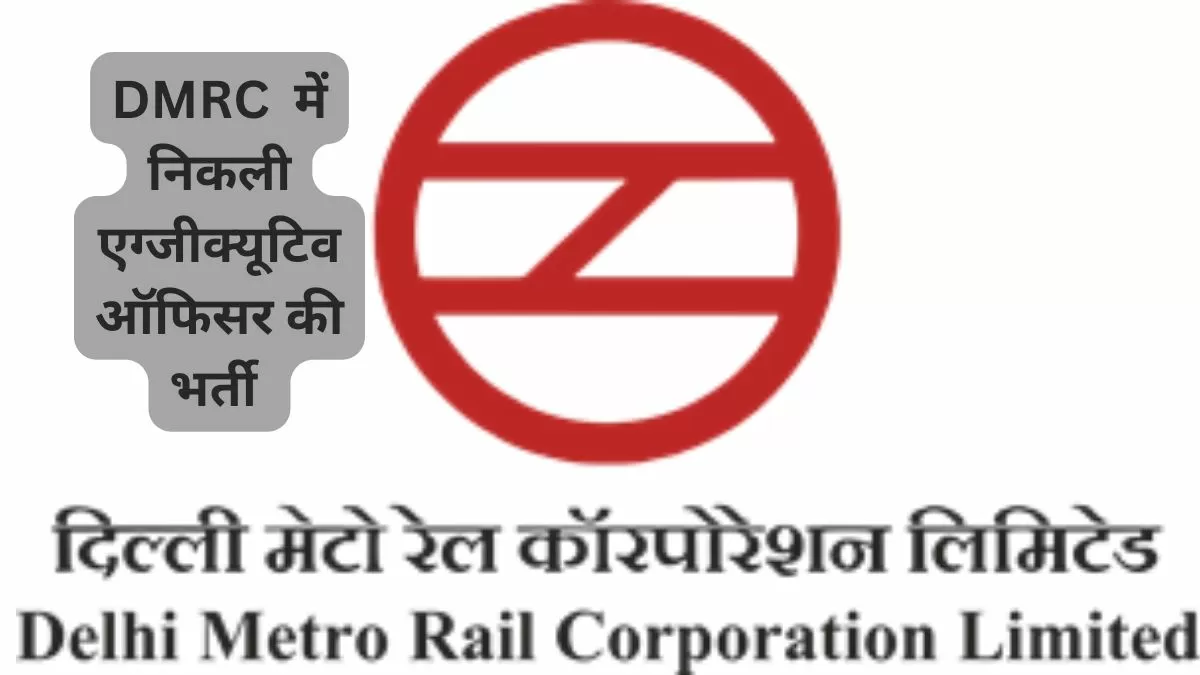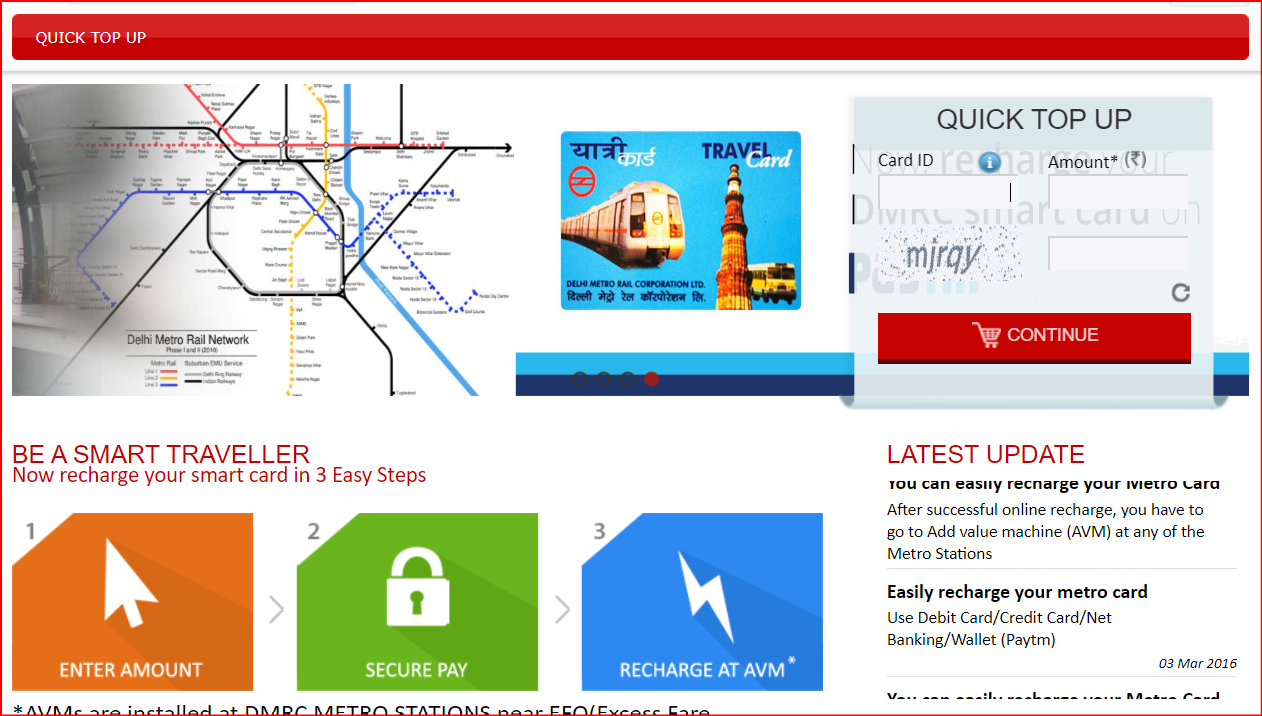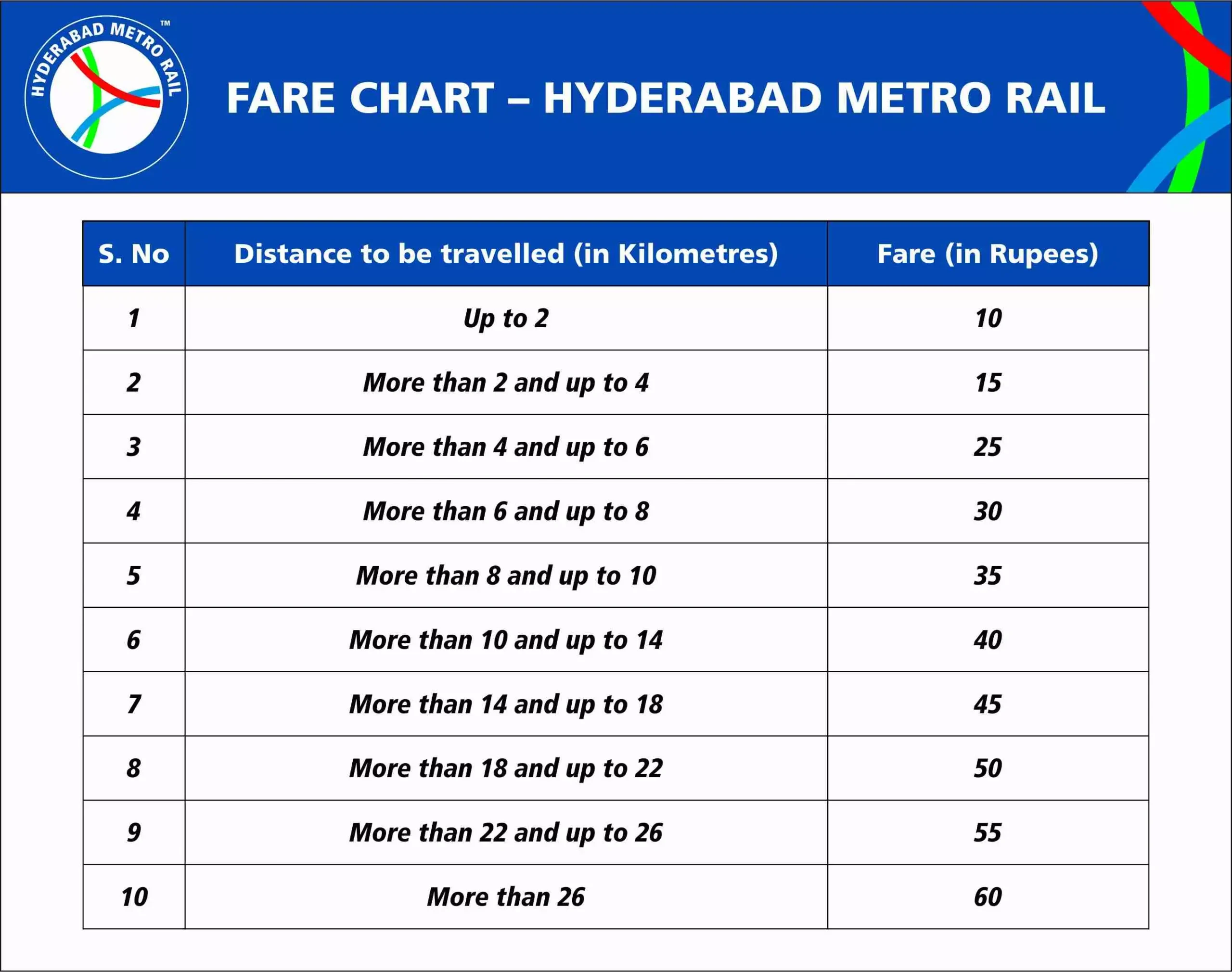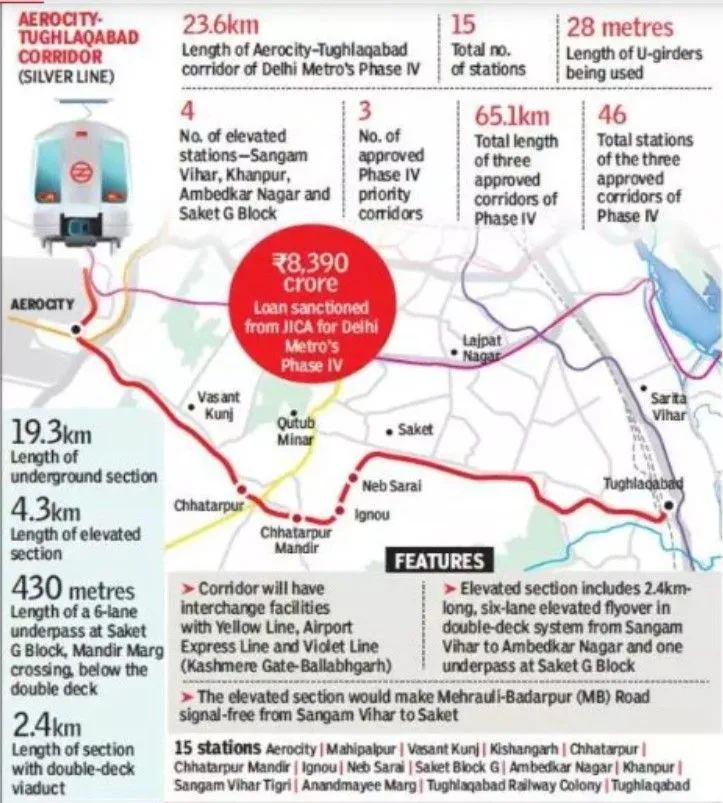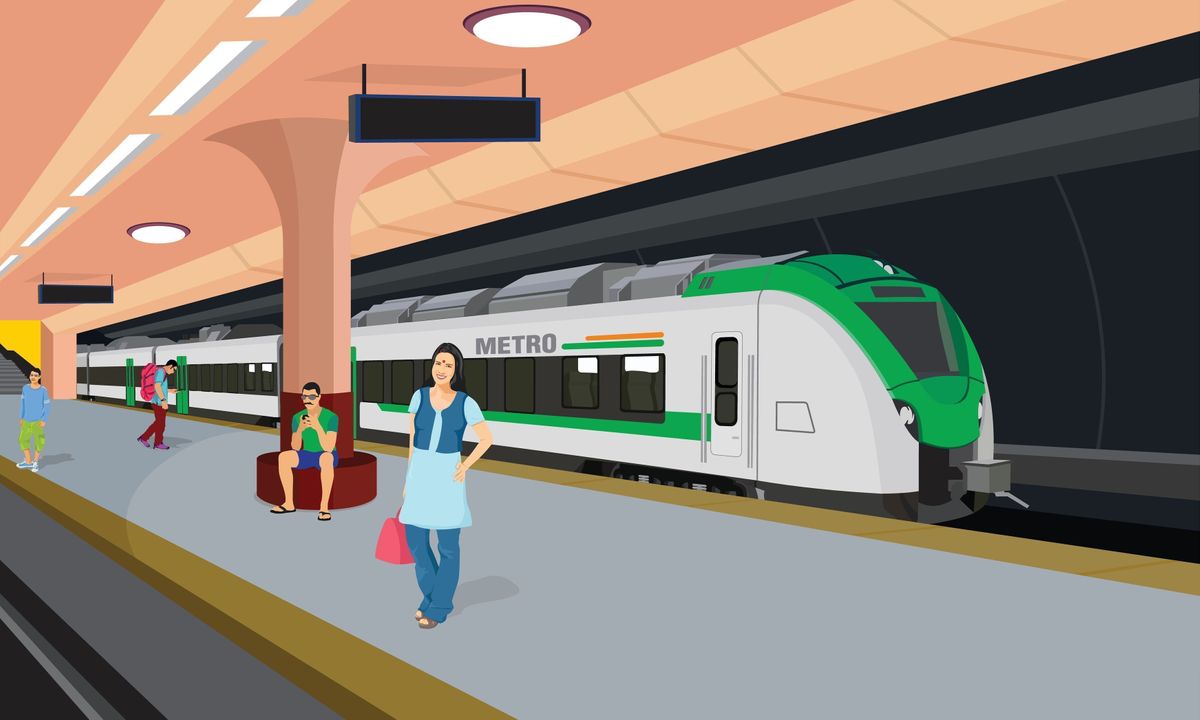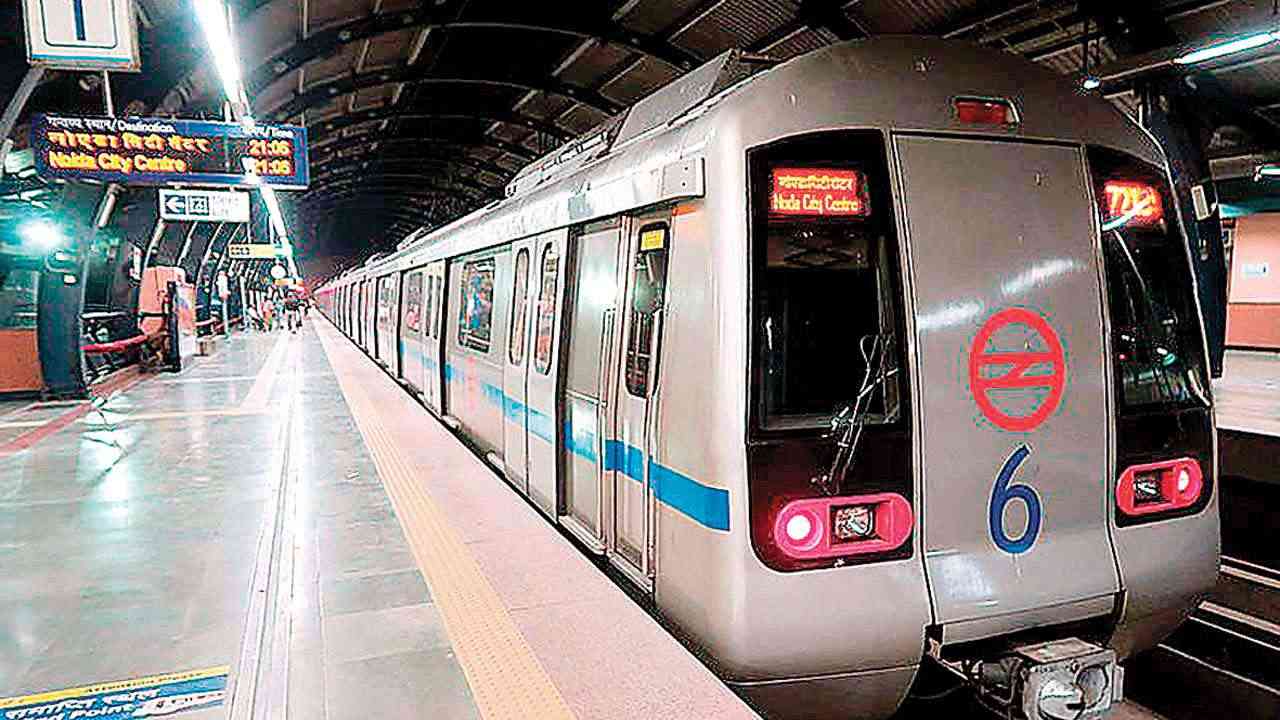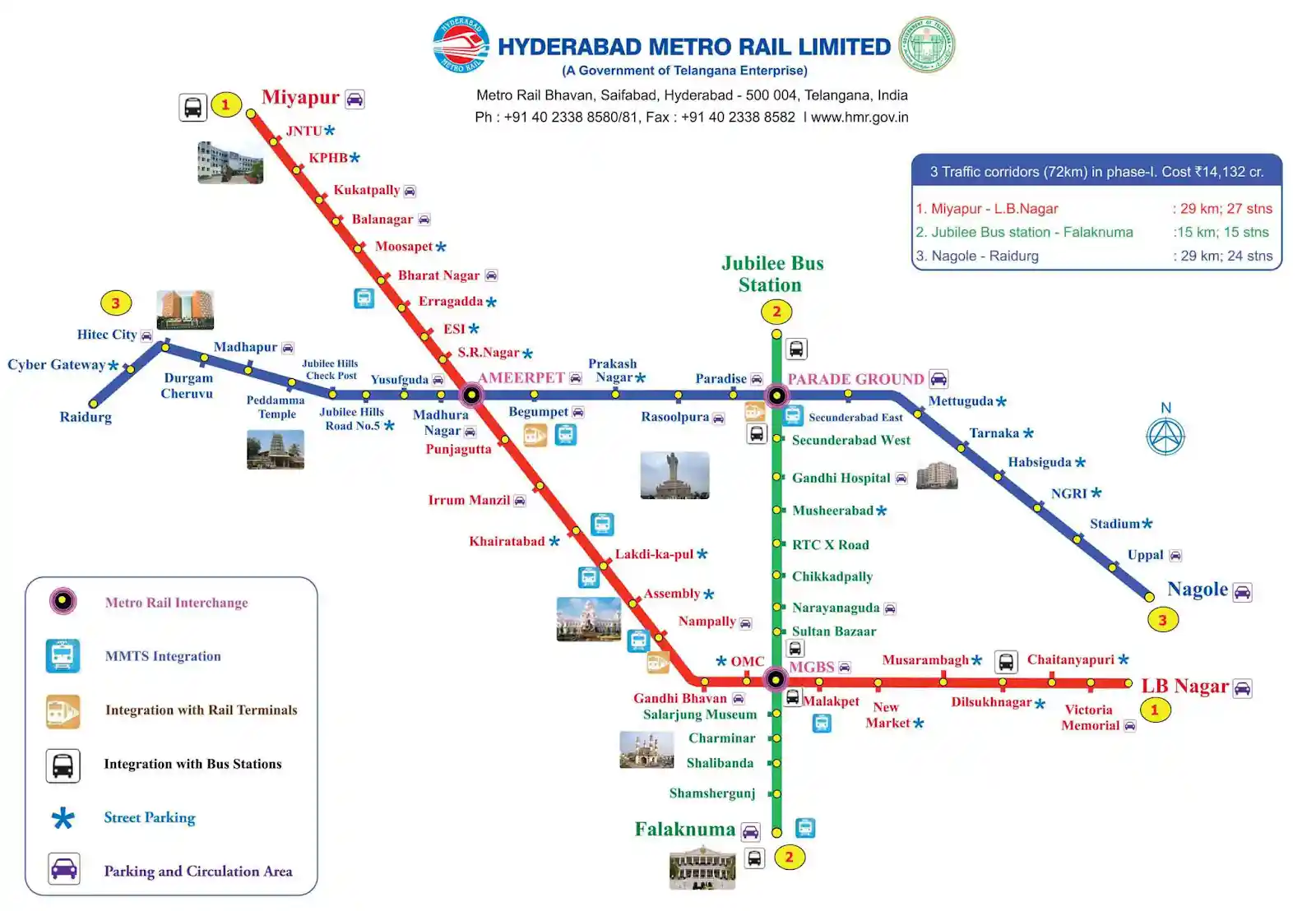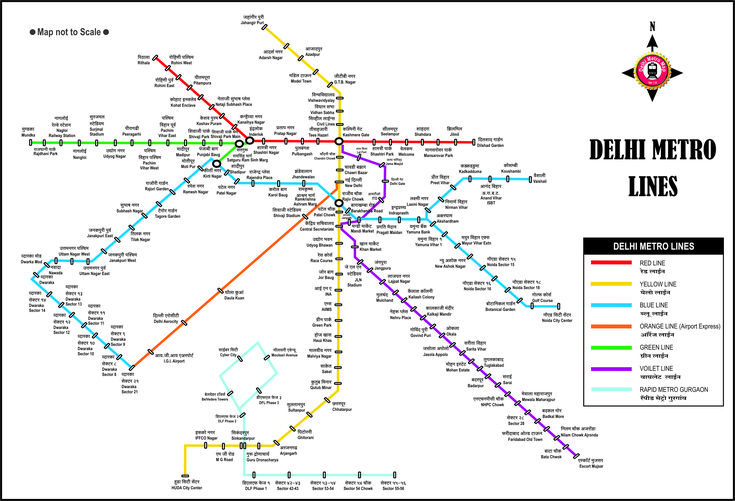Kolkata, the cultural capital of India, is also home to the country’s first metro railway system. The Kolkata Metro, often called the lifeline of the city, plays a crucial role in connecting millions of passengers every day. Started in 1984, it has grown into a modern rapid transit network, combining heritage with advanced technology.
If you are planning to travel in Kolkata, this blog will give you a complete overview of Kolkata Metro, including its history, routes, stations, ticket system, latest updates, and future expansion plans.
What is Kolkata Metro?
The Kolkata Metro is a rapid transit system serving the city of Kolkata and its suburbs. Operated by Metro Railway, Kolkata, it was the first metro introduced in India and is now part of the expanding urban transport system in West Bengal.
With daily ridership crossing lakhs of passengers, Kolkata Metro is one of the most convenient, affordable, and eco-friendly modes of transport in the city.
History of Kolkata Metro
- 1972: Kolkata Metro project approved by the Government of India.
- 1984: India’s first metro service started between Esplanade and Netaji Bhavan.
- 2009 onwards: New lines introduced under different phases of expansion.
- 2023: India’s first under-river metro tunnel was constructed under the Hooghly River.
The Kolkata Metro Rail has a special place in Indian history, as it marked the beginning of modern urban rail transport in the country.
Kolkata Metro Lines and Routes
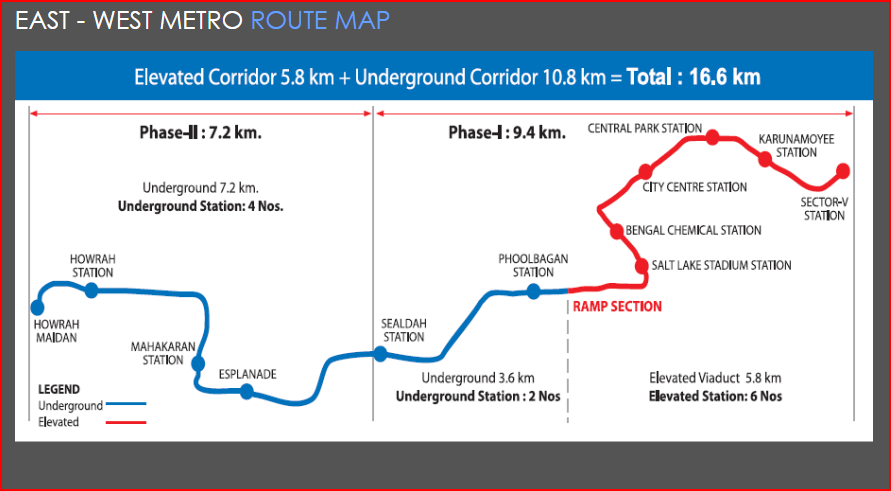
Currently, the Kolkata Metro has two operational lines and several new lines under construction.
1. North–South Line (Blue Line)
- Route: Dakshineswar to Kavi Subhash
- Total Length: ~32 km
- Number of Stations: 26
- Important Stations: Dakshineswar, Dum Dum, Shyambazar, Central, Esplanade, Kalighat, Jadavpur, Kavi Subhash
This is the oldest metro line in India, connecting North and South Kolkata.
2. East–West Line (Green Line)
- Route: Salt Lake Sector V to Howrah Maidan (partially operational)
- Total Length: ~16 km (under progress)
- Special Feature: Includes India’s first underwater metro tunnel beneath the Hooghly River.
- Important Stations: Salt Lake Sector V, Karunamoyee, Phoolbagan, Sealdah, Esplanade, Howrah
This line will connect the IT hub of Salt Lake with Howrah, making daily commutes easier.
DMRC Metro Map Download Pdf of Delhi Metro Map and View Metro Map
Upcoming Metro Projects in Kolkata
Kolkata Metro is undergoing rapid expansion. New lines under construction include:
- Purple Line: Joka to Esplanade
- Orange Line: New Garia (Kavi Subhash) to Airport
- Pink Line: Baranagar to Barrackpore
- Yellow Line: Taratala to Baruipur
Once completed, the Kolkata Metro will cover more than 100 kilometers, transforming urban travel in the region.
Key Interchange Stations
Some stations act as interchange hubs, allowing passengers to switch lines:
- Esplanade – Connects North-South Line with East-West Line and future Joka Line
- Sealdah – Connection between East-West Line and Indian Railways
- Howrah – Connection with Howrah Railway Station (India’s busiest station)
These interchanges make the network highly accessible for both daily commuters and long-distance travelers.
Ticketing System
Kolkata Metro tickets are affordable and user-friendly.
- Smart Cards – Rechargeable cards for daily commuters (discounts available).
- Tokens – Single journey tickets for occasional travelers.
- Fares – Range from ₹5 to ₹30 depending on distance.
Passengers can recharge smart cards online or at ticket counters, making travel faster and hassle-free.
Why Choose Kolkata Metro?
- Time-Saving – Avoids traffic congestion in the busy city.
- Affordable – Cheaper than taxis and app-based cabs.
- Eco-Friendly – Runs on electricity, reducing pollution.
- Safe and Reliable – Security checks and CCTV monitoring.
- Tourist-Friendly – Connects important landmarks and stations.
Kolkata Metro for Tourists
The metro is a blessing for tourists visiting Kolkata. Many popular attractions are easily accessible via metro:
- Dakshineswar Kali Temple – Near Dakshineswar Station
- Kalighat Temple – Near Kalighat Station
- Indian Museum & New Market – Esplanade Station
- Howrah Bridge & Howrah Station – Via East–West Line
- Science City – Near Phoolbagan Station
- Salt Lake IT Hub – Sector V Station
Tourists can save both time and money by using the Kolkata Metro instead of road transport.
Latest Updates (2025)
- The underwater metro tunnel between Howrah and Esplanade is now a major attraction.
- More sections of the East–West Metro are expected to open soon.
- Airport Metro Line construction is progressing, which will connect Netaji Subhas Chandra Bose International Airport directly with the city.
Tips for Traveling in Kolkata Metro
- Always carry a smart card to save time in queues.
- Avoid peak hours (9–11 AM and 6–8 PM) if possible.
- Keep your belongings safe and follow security rules.
- Use Esplanade or Sealdah as interchange points for easy connectivity.
- Download the official Metro Railway Kolkata app for updates.
Conclusion
The Kolkata Metro is more than just a transport system – it is the pride of the city and the beginning of India’s metro journey. From its first run in 1984 to the world-class underwater tunnel in 2023, Kolkata Metro has come a long way. With ongoing expansion projects, it will soon cover the entire city and its suburbs, offering faster, cheaper, and eco-friendly travel.
Whether you are a tourist exploring the cultural landmarks or a commuter traveling daily, the Kolkata Metro is the most convenient and reliable choice.
